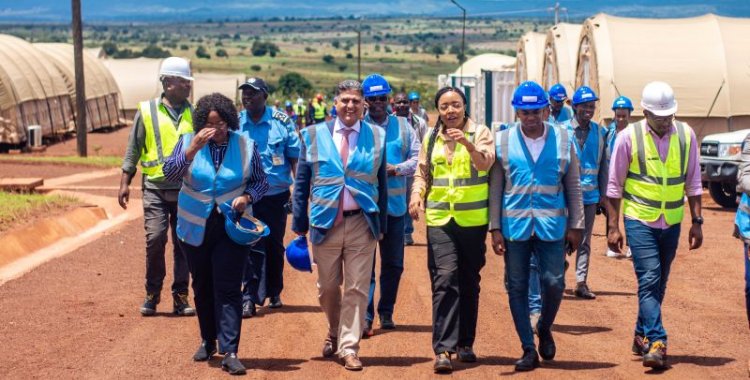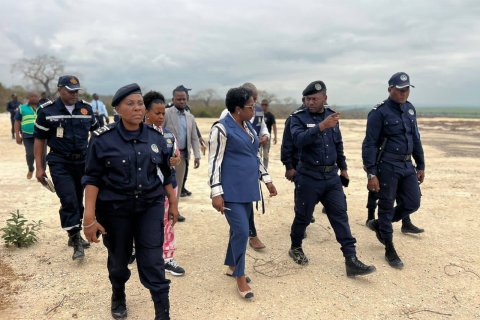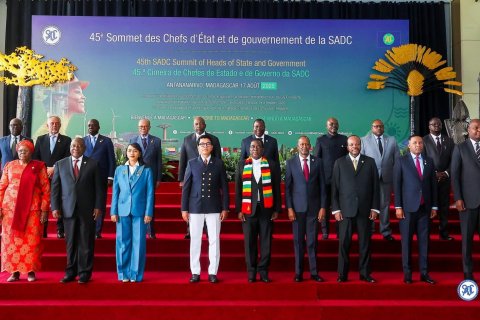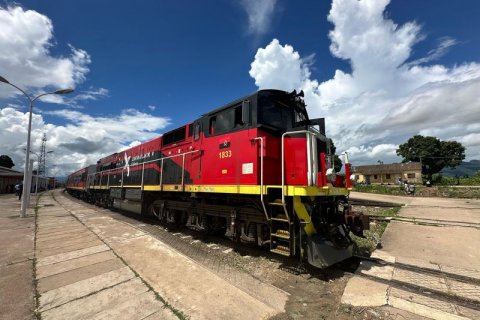"Pensana is pleased to announce that, following the announcement by Longonjo Finance on 18 March 2025, in which it announced approval of the full financing of the Longonjo rare earth mine, it has now agreed the terms and timetable for the provision of the first tranche of equity capital in the amount of US$25 million," reads a statement, which explains that the implementation of the capital will be done by the Angolan Sovereign Fund (FSDEA).
"We are extremely grateful to the FSDEA for its continued support in the development of the Longonjo project, the largest and richest undeveloped magnetic rare earth project in the world, which will generate hundreds of high-value local jobs, provide employment for many local businesses and, once in production, will generate substantial tax revenues for the Angolan government," said Pensana's chairman, Paul Atherley, quoted in the statement.
"Having already established the camp and the infrastructure of the site, the provision of 25 million dollars will allow the start of the main construction and will put Angola on the map as an important player in the global supply chain of rare earths", added the leader of the British company.
With production scheduled to begin in 2027, the Angolan mine of Longonjo could meet the demand for 2.5 percent of rare earths worldwide, according to the concessionaire company.
The figures were released in April by the chairman of the board of directors of Ozango Minerais, a company whose shareholders include the British company Pensana and the FSDEA, in addition to two Angolan minority stakes.
"This is a mineral that is very useful in the context of the energy transition", explained Alcídio José to journalists during a visit by a US diplomatic delegation to the Lobito Corridor, highlighting the growing interest in reducing carbon emissions, at the beginning of last month.
The mineral in question is used in permanent magnets, a critical raw material for electric vehicles.
Located in Longonjo, about 70 kilometers from Huambo, in the Center-South province, the mine is served by the Lobito Corridor railway line and covers a perimeter of about 200 hectares in the exploration area.
"We are fortunate to have a significant reserve [of rare earths] here. In the first phase, our production will be equivalent to approximately 2.5 percent of global demand. When we look at that number, it may seem small, but when we put it into perspective that this is a concentrated sector, 2.5 percent from an independent source, in the first phase, is very important", stressed the head of the company, which has a renewable concession of 35 years.
"It is a sector that does not exist in many places in the world. Angola will be a point on the map that people will probably look for with a magnifying glass", he highlighted, indicating in the first phase an annual production of 20 thousand tons of this rare earth concentrate.







